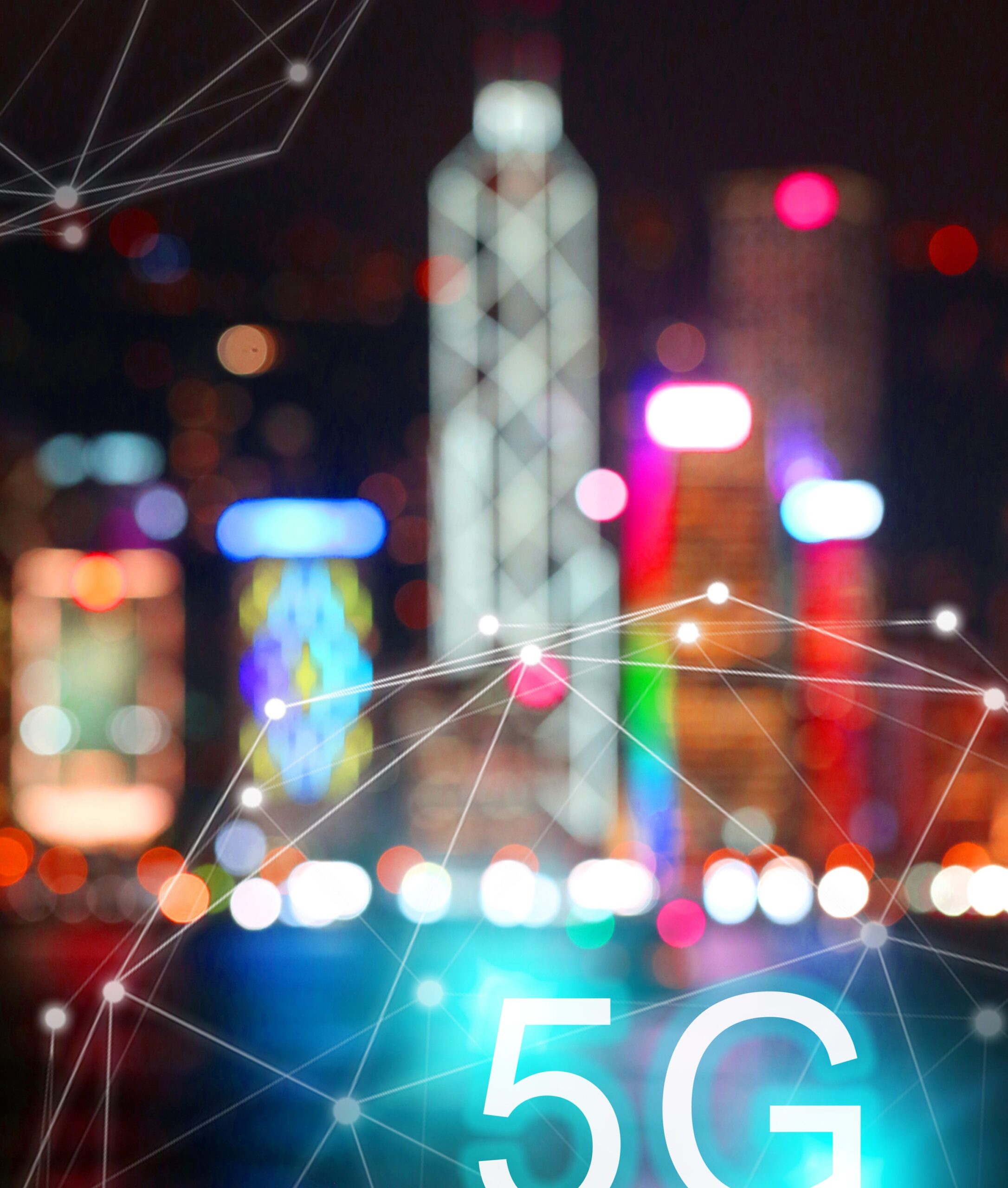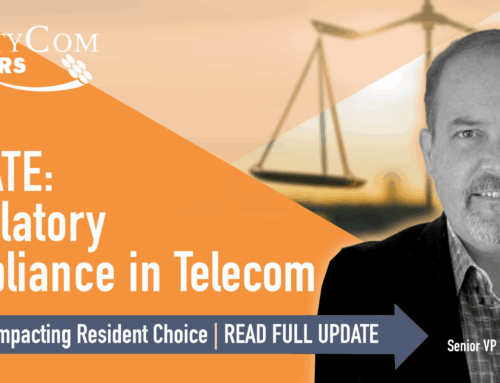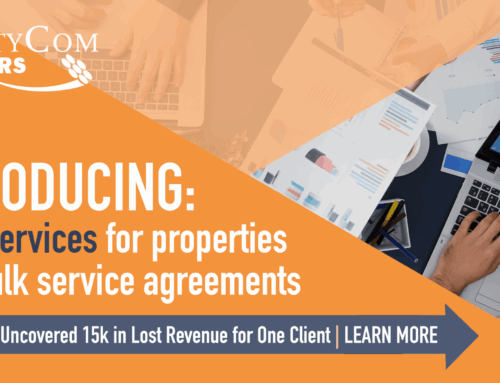In the future (according to “futurists”), we will be served by myriad robotic helpers orchestrating every aspect of our busy lives while we catch up on GOT and other bingeable shows. Seriously, if you listen to trendsetters like Fast Future’s Rohit Talwar, who developed various industry projections with China-based telecommunications company Huawei, there’s no doubt that 5G is the digital future. From entertainment to driverless cars, education and science, 5G, which can be 10 times faster than current 4G LTE, is expected to expand the lifestyle capabilities of every home, workplace and community.
More Towers of Power
One reason that 5G is faster is it requires a much larger investment in signal antennas – some say one every thousand square feet. Which makes law makers leery of the municipal challenges. As Senator Dianne Feinstein (D-CA) observed earlier this year, “The new 5G network will need new antennas to work, adding to the network of antennas our current cell technology already uses. This means we’re well on our way to a dangerous situation in which cities are clogged with 5G antennas on public infrastructure, all with little input from cities themselves.”
But for the multi-family housing operator with roof space to spare, 5G networks sound like a great opportunity for passive income. In fact, one cell tower provider, American Tower, predicts that in urban areas, macro sites (like the rooftops of multi-story buildings), are expected to be “the core of wireless networks.”
Opportunity or Money Pit
Perhaps with experience borne of past disappointments, you wonder about the true benefit to your bottom line. Rightfully so. History reminds us that the transition from 3G to 4G presented a lot of costs with limited direct revenue opportunity for a few lucky properties that could host cell sites. Other developers were forced to install DAS (distributed antenna systems) in mid-rise and high-rise buildings that may cost hundreds of thousands or millions. It’s possible – perhaps likely – that this new technology will increase the cost of building and operating apartment communities, with the benefit going to residents, not the property owner.
Community First
As a multi-family housing operator, “community” and “incremental revenue” should always top-of-mind. You may want 5G, if only as a marketing incentive for your residents and prospects. Speeding the minutiae of your leasing and property management divisions is also a priority, as the multi-family industry adopts machine learning and automated tasks. With video and Alexa guided tours now available – and AR/VR tours in the offing – one can never have too much streaming potential.
Keep in Mind
- 5G wireless speeds complement existing 1-3 gig fiber-based internet currently available.
- Not every community is getting 5G right away, and fewer than those will appreciate it. Ookla provides an updated coverage map that highlights details of where 5G is available in the United States.
- Read prior contracts carefully. In some cases, existing towers are likely to be converted to 5G. If the lease refers to the tower itself and not the technology upgrade or the provider, the changeover will not bring an income opportunity.
- If the community is a mixed-use development, there may be an opportunity for the property to form an advantageous partnership with a business entity – particularly if the partner needs a lot of bandwidth.
Please keep an eye out for a more lengthy white paper on 5G in an upcoming newsletter. If you would like to subscribe to our newsletter, please complete the form Sign Up for our Newsletter on this blog page.





